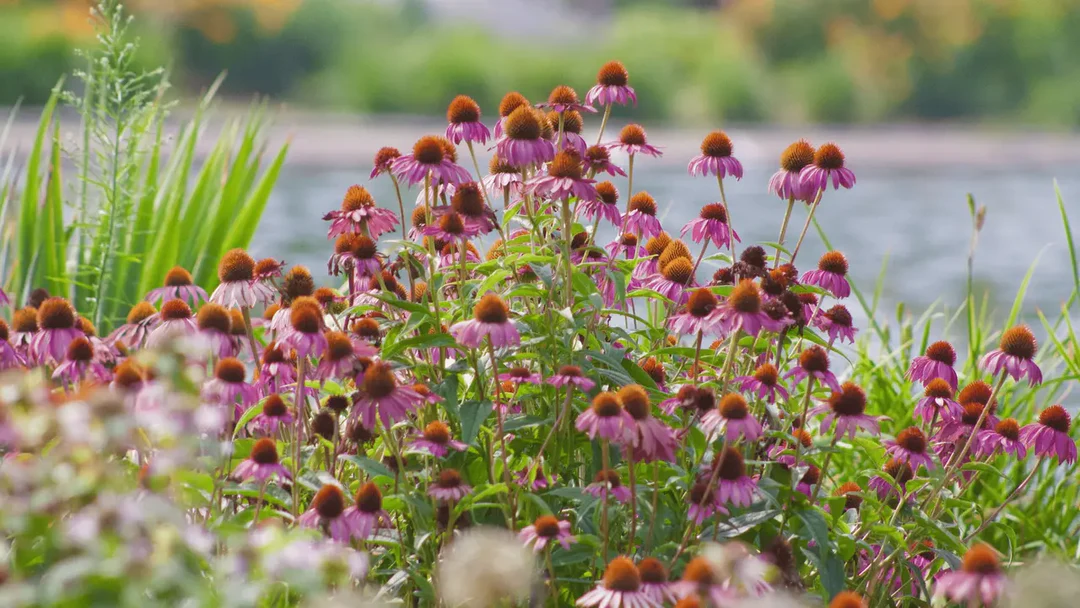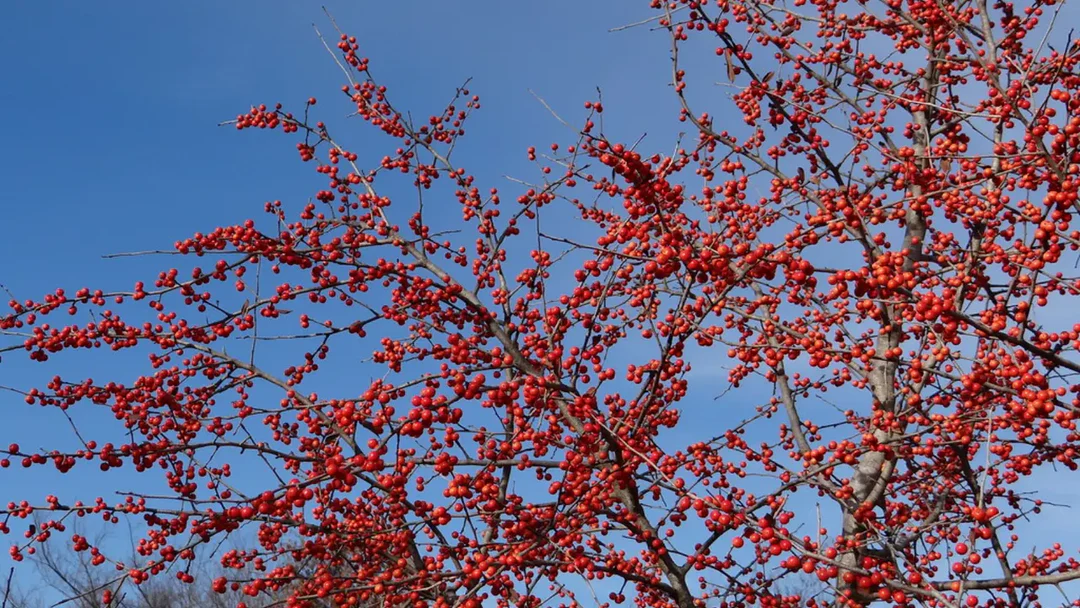What are the Benefits of Using Native Plants in Texas Landscaping?

Using native plants in your Texas landscaping offers numerous advantages. These plants add beauty to your garden and support the local ecosystem. In this blog, we’ll explore the many benefits of incorporating native plants into your landscaping design.
Why Choose Native Plants?
Native plants are adapted to the local climate, making them easier to grow and maintain. They require less water and can withstand Texas’s weather conditions, reducing the need for additional resources. This means you’ll spend less time and money watering and caring for your garden. By choosing native species, you opt for a natural landscape aligned with its environment.
Moreover, native plants have evolved alongside Texas’s unique soil types and weather patterns. This adaptation makes plants more resilient to the pests and diseases common in the area and requires fewer chemical interventions. Imagine having a garden that can thrive on its own with minimal input from you!
One essential factor to consider is how these plants support local ecosystems. By choosing native species, you provide habitats for local wildlife, including birds, butterflies, and beneficial insects. This contributes to the preservation of the rich biodiversity found in Texas. Many pollinators are drawn to native plants, ensuring efficient pollination for other parts of your garden.
Choosing local flora doesn’t mean compromising on beauty. On the contrary, Texas native plants are known for their striking colors and diverse forms. Imagine the captivating allure of blooming Bluebonnets or the vibrant hues of Blackfoot daisies, bringing color and interest to your garden space in an eco-friendly manner.
Environmental Benefits
By using native plants, you are supporting local ecosystems. These plants provide habitat and food for native wildlife, promoting biodiversity and a balanced environment. Native plants such as the Texas Purple Sage and Sweet Acacia are known for their beauty and role in sustaining Texas wildlife.
Implementing native plants in your garden can help combat climate change. These plants have deep-root systems that improve soil health and reduce erosion. They also maintain the integrity of the soil by decreasing runoff and retaining nutrients, contributing to a healthier environment overall.
Furthermore, utilizing native plants reduces the carbon footprint associated with maintaining your garden. Since they require less water and fewer chemical fertilizers, emissions related to garden upkeep are significantly reduced, contributing to a greener planet.
Economic Advantages
Native plants are cost-effective because they require less maintenance and resources like water and fertilizers. Over time, this can save homeowners money on landscaping costs. In Texas, where summer heat can drive up water bills, native plant landscaping proves to be a wise financial investment.
Moreover, native landscapes can increase property value. Many home buyers appreciate the environmental and aesthetic benefits of a garden filled with hardy, local plants. The effort to incorporate drought-resistant landscaping practices like xeriscaping, which emphasizes native plants, often leads to landscapes that require less upkeep, ultimately appealing to prospective buyers looking for sustainable living options.
Native Plant Options for Texas
There are many native plant options suitable for Texas landscaping, including Bluebonnets, Blackfoot Daisies, and Texas Red Yucca. These plants add color and character to your garden while thriving in the local environment. They can be seamlessly integrated into your garden design to create a stunning visual impact with minimal effort.
Don’t overlook grasses and shrubs that pair well with these natives, such as Little Bluestem, which adds texture and movement to your landscape. Combining different plant types can enhance your garden’s ecological value by offering varied habitats and resources for wildlife.
For a more comprehensive look into native plant selections and how they can transform your outdoor space, you can check out the species collections available through the Native Prairie and Hot Ones collections.
How to Incorporate Native Plants
To incorporate native plants, start by researching local plant nurseries and consult with experts for advice on which plants will work best for your specific location and soil type. Our consultation meetings are an excellent way to ensure you select the right plants for your environment.
Designing a landscape with native plants doesn’t mean starting from scratch. By subtly integrating natives into your garden, you can boost biodiversity and sustainability without a complete overhaul. Consider adding clusters of native plants to existing beds or replacing high-maintenance species with more resilient local ones.
For hands-on assistance, consider visiting Native Gardeners in Dallas. There, you can explore a variety of native plant species and receive professional guidance. They specialize in creating landscapes that embrace Texas’s natural beauty and ecological balance.
Embrace Native Plants for a Sustainable Future
Incorporating native plants into Texas landscaping is both beneficial and rewarding. It provides a sustainable, low-maintenance, and environmentally friendly solution that supports local wildlife and beautifies your outdoor space. Embrace the beauty of native plants and contribute to preserving Texas’s natural heritage.













Leave a comment